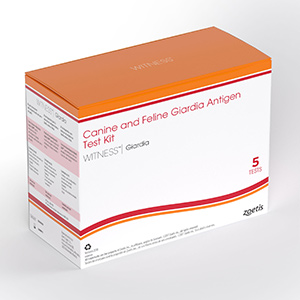|
1. SAMPLE COLLECTION
Remove the top , containing the cotton swab, from supplied sample extraction pipette.
Dispense Extraction Buffer from the bottle supplied into the base of sample extraction pipette until the buffer reaches the graduation mark.
Holding the top of the sample extraction pipette, coat the cotton swab with faeces from a stool sample, or from an anal swab. It is critical that the sample contains between 60mg to 100mg of faeces; so ensure the cotton part of the swab is entirely covered with faeces.
Insert the swab into the dispensed extraction buffer in the base of the sample extraction pipette. Securely fit the top onto the base, then tap the pipette to mix the contents for 5 seconds ensuring good sample extraction.
|
2. SAMPLE TESTING
First, tear open the pouch provided and place the test device on a flat horizontal surface for the duration of the tests, to allow correct migration.
Then snap the upper part of the sample extraction pipette at the blue line. This contains the extracted faecal sample.
Invert and hold the sample extraction pipette in a vertical (upright) position and gently squeeze the base to dispense five drops of sample ionto the sample well (window (1)). Avoid touching the well itself.
If fluid is not seen to migrate past window (2) within one minute, add one additional drop of sample into the sample well, window (1).
|
|
3. READING THE TEST
Wait 5 minutes, and then look for the presence or absence of a red/ pink band in window (2) and a blue band in window (3).
Sample test results are read in window (2). The control test band is read in window (3).
Notes :
A control blue band may appear in window (3) before 5 minutes has elapsed, however the test may not have finished. A red/pink band in window (2) can develop more slowly than the blue control band in window (3) so 5 minutes should elapse before reading.
The test may be completed and read before 5 minutes only if bands are visible in both windows (2) and (3).
|
4. RESULTS
Negative - A sample is negative for Giardia intestinalis antigens when there is no red/pink band visible in window (2) whilst a blue control band is visible in window (3).
Positive - A sample is positive for Giardia intestinalis antigens if there is a red/pink band visible in window (2) and a blue control band is visible in window (3).
Note : A test is only valid if a blue control band is present in window (3). If there is no blue control band visible in window (3), the test is invalid and should be repeated.
Remember: A test result should always be interpreted in the context of all available clinical information and history for the dog or cat being tested.
|
